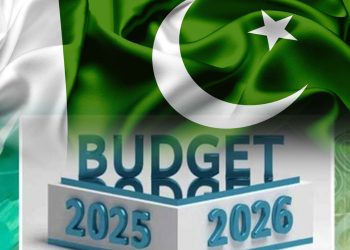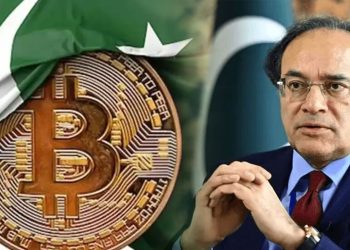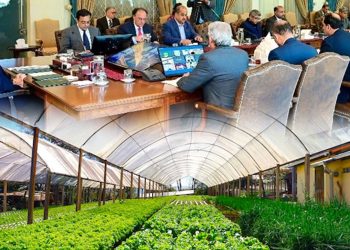The State Bank of Pakistan has not only exceeded its forward book target of $4.2 billion for end-September, as agreed with the IMF but is also “very comfortably placed” to meet other end-quarter targets, such as net international reserves and net domestic assets, according to SBP Governor Jameel Ahmad.
According to an SBP statement issued on Friday, Mr Ahmad’s statements came after a series of meetings with international investors held by top-tier global institutions such as Barclays, JP Morgan, Standard Bank, and Jefferies during the IMF-World Bank sessions in Morocco.
He informed the investors on recent macroeconomic trends, policy solutions to current difficulties, and Pakistan’s economic prospects, as well as answered their queries.
The State Bank of Pakistan (SBP) chief has given a statement as Pakistan is working on its economic recovery under a caretaker government. This recovery journey follows a $3 billion IMF loan program that was approved in July, preventing a sovereign debt default.
The SBP chief informed investors that foreign exchange reserves have been improving due to a buildup in reserves and a reduction in forward foreign exchange liabilities. Since January, SBP’s foreign exchange reserves have increased from a low of $3.1 billion to $7.6 billion by the end of September. These reserves have been growing mainly due to non-debt creating inflows, helped by favorable market conditions.
The current account deficit (CAD) has reduced from 4.7% of GDP in FY22 to 0.7% in FY23. Measures taken earlier to reduce the CAD have been withdrawn. Stabilization efforts and a flexible exchange rate are expected to keep the current account deficit in the range of 0.5% to 1.5% of GDP in the current fiscal year.
The SBP’s forward foreign exchange liabilities have decreased, and they have already exceeded the target set with the IMF. The SBP is comfortably placed to meet other IMF targets.
The SBP governor believes that Pakistan is making progress in addressing structural weaknesses and will achieve sustainable and inclusive economic growth with support from its international partners.
The SBP was one of the first central banks to tighten monetary policy due to rising global inflation. However, domestic challenges like floods in the previous fiscal year made it difficult to control inflation. The bank has raised the policy rate by 1,500 basis points over the past two years.
Inflation has come down from its peak in May and is expected to continue decreasing. With a policy rate at 22%, real interest rates are becoming positive, which should help control inflation.
The government and the central bank are working together to stabilize the economy by addressing macroeconomic imbalances and increasing fiscal consolidation efforts.
The Stand-By Arrangement with the IMF is expected to support these efforts. The exchange rate, determined by the market, and support from international lenders are helping to tackle external sector challenges.






